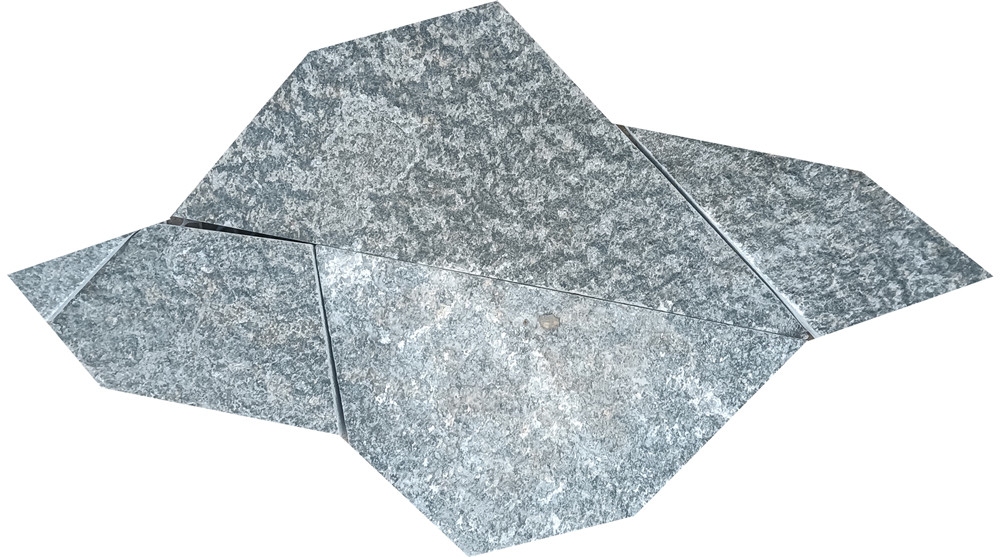The Timeless Elegance of Cultured Stone Interior A Comprehensive Guide

Introduction
The use of stone in interior design has been a hallmark of architectural beauty for centuries. From ancient civilizations to modern-day trends, the allure of stone transcends time and style. Cultured stone, also known as manufactured stone, has emerged as a popular choice for interior design due to its versatility, durability, and aesthetic appeal. In this comprehensive guide, we will explore the various aspects of cultured stone interior, including its history, characteristics, installation process, design possibilities, maintenance tips, and its sustainable advantages.
History of Cultured Stone
Cultured stone has a rich history that dates back to the mid-20th century. The concept of manufactured stone was developed as a cost-effective alternative to natural stone, which was often expensive and challenging to install. The first manufactured stone products were created using a mix of cement, aggregates, and iron oxide pigments to mimic the look of natural stone. Over time, advancements in technology and production techniques have led to the development of high-quality cultured stone products that closely resemble the texture and color variations of natural stone.
Characteristics of Cultured Stone
Cultured stone offers a range of characteristics that make it a desirable choice for interior design projects. One of the key advantages of cultured stone is its versatility in terms of color, texture, and shape. Manufacturers can create a wide variety of styles and finishes to suit different design preferences, from rustic and traditional to modern and contemporary. Cultured stone is also lightweight, making it easier to handle and install compared to natural stone. Additionally, cultured stone is more affordable than natural stone, making it a cost-effective option for homeowners and designers.
Installation Process

The installation process of cultured stone interior involves several steps to ensure a seamless and durable finish. The first step is to prepare the surface by cleaning and priming it to ensure proper adhesion of the cultured stone veneers. Next, the veneers are applied using a mortar or adhesive, following the manufacturer's guidelines for spacing and alignment. Once the veneers are in place, grout is applied to fill in the gaps between the stones and create a cohesive look. Finally, the surface is sealed to protect the cultured stone from moisture and stains, ensuring long-lasting beauty and durability.
Design Possibilities
Cultured stone offers endless design possibilities for interior spaces, allowing homeowners and designers to create unique and personalized looks. Cultured stone can be used to create accent walls, fireplace surrounds, kitchen backsplashes, and even entire feature walls. The wide range of colors, textures, and finishes available in cultured stone allows for endless creativity and customization. Whether you prefer the rustic charm of stacked stone or the sleek elegance of smooth stone veneers, cultured stone can be tailored to suit any design aesthetic.
Maintenance Tips
Maintaining cultured stone interior is relatively easy and requires minimal effort to keep it looking beautiful for years to come. Regular cleaning with a mild detergent and water can help remove dust, dirt, and stains from the surface of the cultured stone. Avoid using harsh chemicals or abrasive cleaners, as these can damage the finish of the stone. In areas prone to moisture, such as bathrooms and kitchens, it is important to seal the cultured stone periodically to prevent water damage and mold growth. With proper care and maintenance, cultured stone interior can retain its beauty and durability for decades.
Decorative stepping stones for outdoor walkways
In addition to its aesthetic and practical benefits, cultured stone also offers sustainable advantages that make it an eco-friendly choice for interior design. Cultured stone is made from natural materials such as cement, aggregates, and pigments, which are abundant and readily available. The manufacturing process of cultured stone consumes less energy and produces fewer emissions compared to natural stone quarrying and processing. Furthermore, the lightweight nature of cultured stone reduces transportation costs and carbon emissions during shipping. By choosing cultured stone for interior design projects, homeowners and designers can contribute to environmental conservation and sustainability efforts.
Conclusion
Cultured stone interior offers a timeless elegance and versatility that can enhance the beauty and character of any space. With its wide range of colors, textures, and finishes, cultured stone provides endless design possibilities for homeowners and designers to create unique and personalized spaces. The installation process of cultured stone is straightforward, and with proper maintenance, cultured stone interior can retain its beauty and durability for years to come. Additionally, the sustainable advantages of cultured stone make it an eco-friendly choice for interior design projects. Whether you prefer the rustic charm of stacked stone or the sleek elegance of smooth stone veneers, cultured stone is a versatile and cost-effective option that can elevate the style and sophistication of any interior space.
